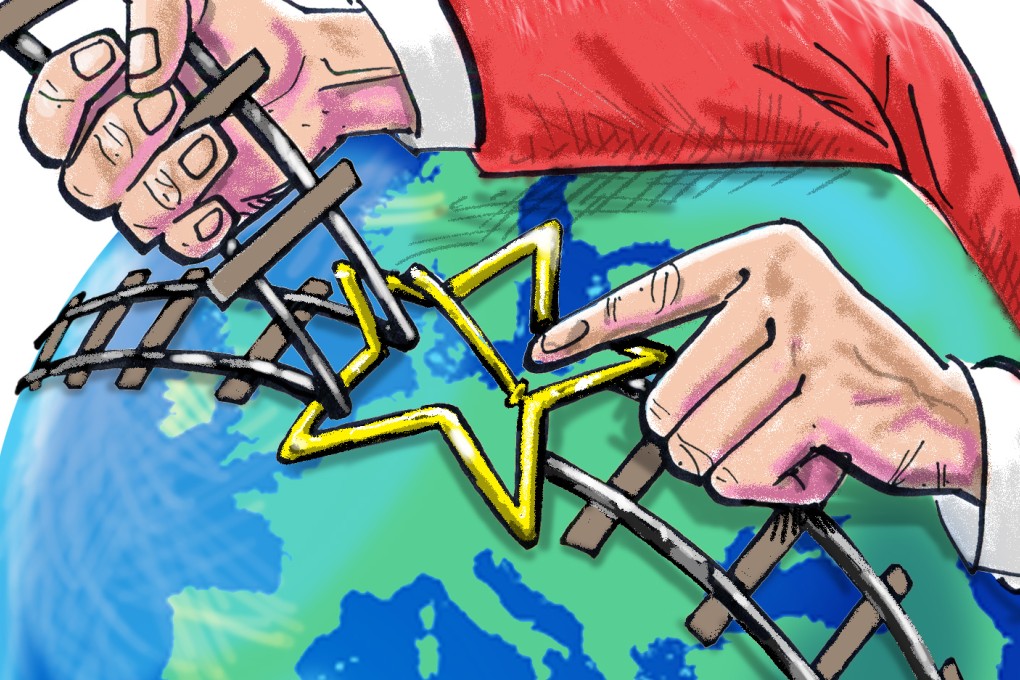China’s developing connectivity to its neighbours is a story of epic proportions
George Yeo says China’s connections to Eurasia, through its ‘One Belt, One Road’ initiative, will drive future growth


Yes, China fumbled. It could have avoided certain obvious mistakes which many saw coming, but the Chinese will learn from it. What the episode shows is how the relative weights are shifting in the world way beyond just trade.
China still accounts for less than 15 per cent of global gross domestic product, but its contribution to global growth last year was in the range of 40 per cent. So when that growth slackens, pretty much everyone around the world feels it.
China’s prospects are good. The closer you are to China, the more you feel that
Not surprisingly, people all over the world are concerned about China’s prospects. Is this the beginning of a decline? Are the internal contradictions sharpening, portending further, more serious problems? In my view, China’s prospects are good. The closer you are to China, the more you feel that. The more you visit China, the more you realise that, despite all the problems, the country is organically still in the phase of growth.
In terms of aggregate demand, it will take many more years before the Chinese economy has a big enough domestic consumption sector to replace investment as the principal driver – and that consumption must increasingly shift to services.
Coastal China has become very expensive, so the factories that were in China for quite some time have moved to Southeast Asia. The Chinese government wants to move some of them inland to develop inner China. These are long-term trends.
